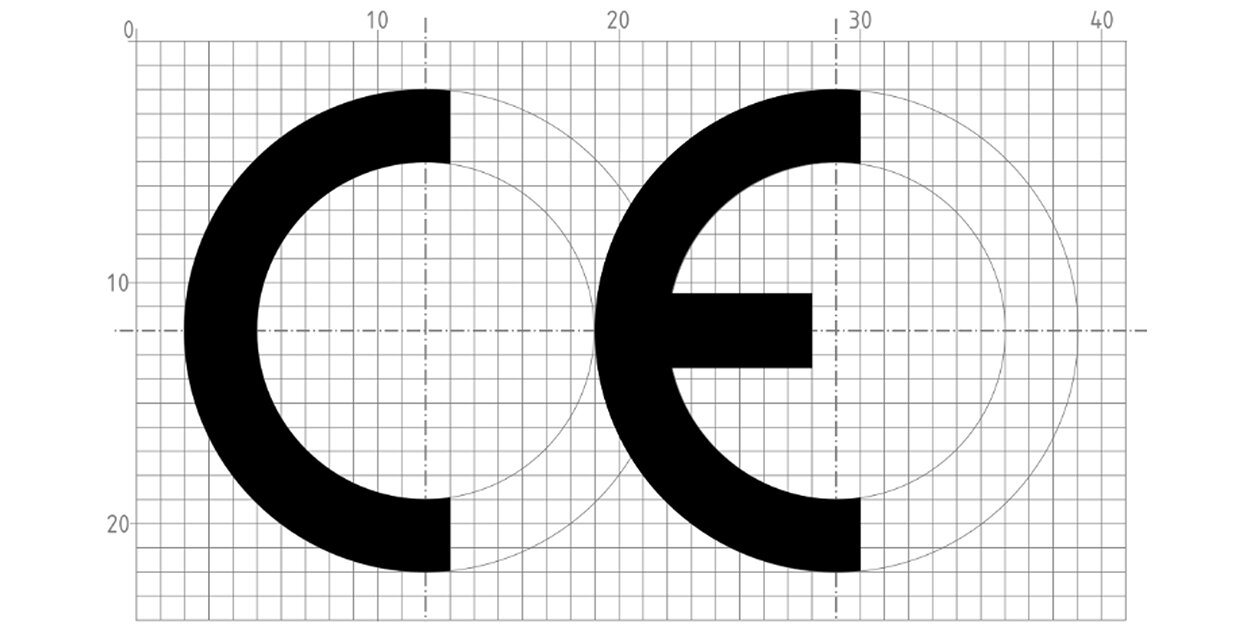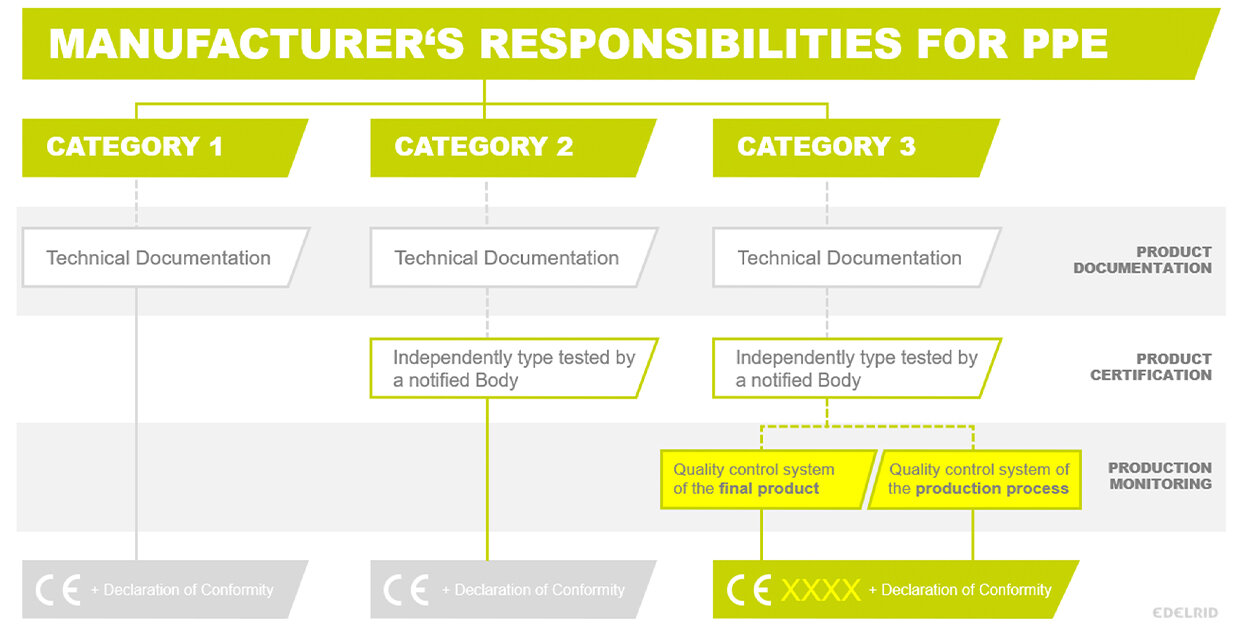How do I know if I am dealing with PPE? What does CE mean? What is certification?
Here at EDELRID, we are frequently asked questions about our products and are often involved in various discussions with customers and consumers where it becomes obvious that the meaning, the relation and the works of product-related contexts like CE markings, UIAA markings, stated specified EN standards, certifications, and the like are not very well or not even at all understood. We would like to use these articles to help clarify things so that you are able take part in any PPE related discussions with confidence.
The underlying issue with climbing equipment
When someone produces and sells a product—any product—they naturally have to comply with all the relevant legal provisions within the jurisdiction in which the product is being produced and sold. As you can imagine, these provisions differ greatly depending on the country or product at hand, for example. However, one principle that all the applicable laws and obligations have in common is the intention that no-one will come to harm with the given product. However, there are also products whose intended use is to protect the user from certain hazards. This means that users may put themselves in dangerous situations where they rely on the functionality of these very products. This article naturally focuses on climbing equipment, but to give another example, think of medical products that protect users against diseases. Many regulatory frameworks therefore differentiate product groups according to the severity of the health consequences in the event of the failure of such a product and define differing strict requirements for the products and the quality assurance process that ensures that these can be met reliably and in the long term. This is also the case with our climbing equipment, which belongs to the group of personal protective equipment (PPE) against falls from a height. There are several legal frameworks for PPE worldwide but one of the most comprehensive, most stringently enforced, and therefore globally most recognized is that of the European Union, governed by European Regulation 2016/425 on personal protective equipment. The following definitions and explanations are derived from this framework.
PPE—Personal Protective Equipment
The first step in order to understand PPE is to give your undivided attention to the word “personal”. We are talking PPE if a product protects the user’s individual physical well-being from some kind of hazard. In this context, the product must be assigned to a single individual in order for it to be classed as PPE. A railing on a balcony, for example, prevents people from falling off unintentionally but is always there doing its job for anyone who happens to step on the balcony. This makes it a collective safety measure rather than a personal one—and therefore subject to different provisions.






